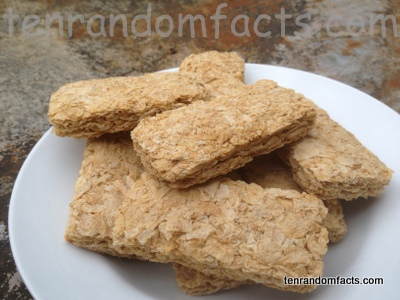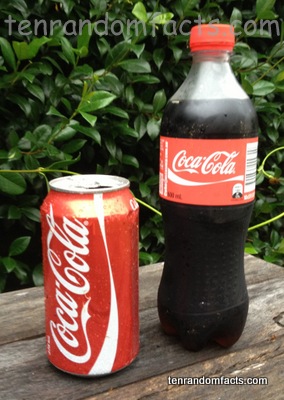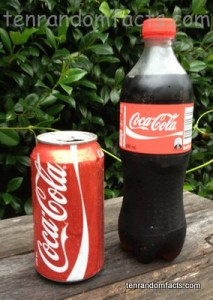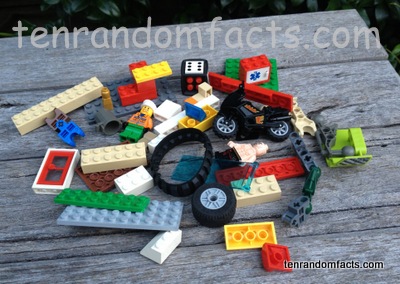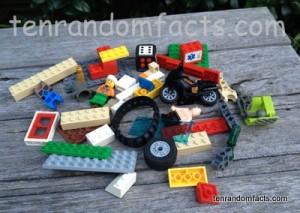
“Don’t be evil.” – Google Inc.
- Google is an online, public, international search engine that also owns many other companies, programs and utilities.
- Google was created in 1996 at Stanford University in Stanford, United States by Larry Page and Sergey Brin as part of their PHD project.
- Google was incorporated in 1998, when a check was sent to a nonexistent company ‘Google Inc.’, with the ‘office’ being located in the garage of a friend.
- Google originally existed at the domain ‘google.stratford.edu’, and the current domain was purchased in 1997.
- ‘Google’ is a commonly spelled version of the mathematical word for 10100, ‘googol’, but the search engine was originally named ‘BackRub’.
 Logo
Logo
Image courtesy of Google
- Google was used by 1 billion people in one month, for the first time in May 2011, and in 2012, Google earned $50 billion, which was $12 billion more than 2011.
- Google moved its offices to California, United States in 2003, calling the complex ‘Googleplex’, which came from the mathematical term ‘googolplex’, 10googol.
- Google owns YouTube, Blogger and Android and has created programs including Gmail, Maps, Drive, social network (Google+), Earth, News, Chrome (browser), Translate, Apps and Adwords.
- ‘Google’ became an official word in 2006, meaning ‘to search on Google’.
- The Google logo is typically the name in blue, red, yellow and green, which sometimes changes appearance for certain days and these special logos are called ‘doodles’.
Bibliography:
Company, 2013, Google, http://www.google.com/about/company/
Google, 2013, Wikipedia, http://en.wikipedia.org/wiki/Google





